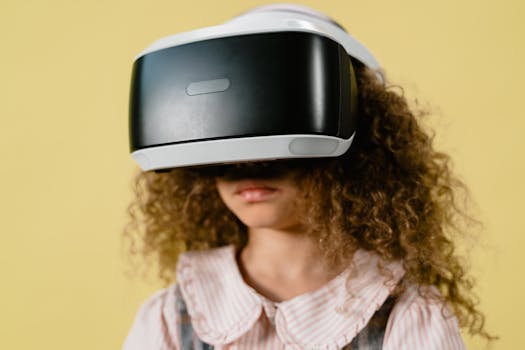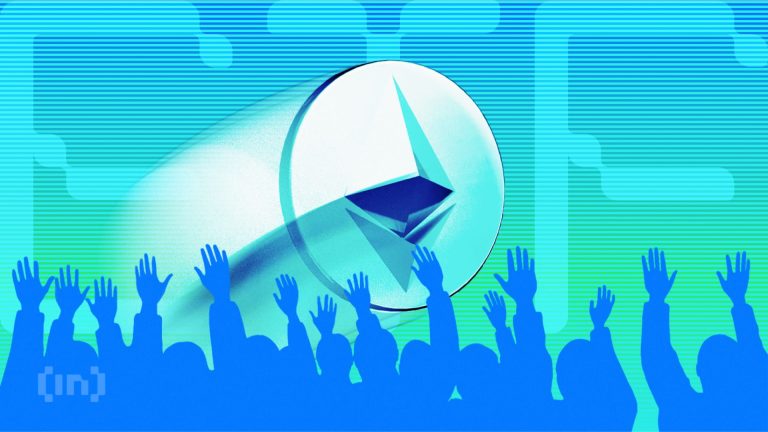
The Future of Education: What 2025 Holds
The future of education is an exciting and rapidly evolving field, with new technologies and innovations emerging every year. As we approach 2025, it’s clear that the way we learn and teach is undergoing a significant transformation. In this article, we’ll explore the latest trends and predictions for the future of education, including the role of artificial intelligence, virtual reality, and online learning.
Section 1: Introduction to the Future of Education
The future of education is an increasingly complex and multifaceted field, with a wide range of factors influencing its development. From government policies and technological advancements to changing student needs and societal trends, there are many variables at play. However, despite these complexities, there are several key trends and innovations that are likely to shape the future of education in 2025.
One of the most significant trends in education today is the rise of online learning. With the advent of digital technologies, it’s now possible for students to access high-quality educational resources and courses from anywhere in the world. This has opened up new opportunities for students who may not have had access to traditional educational institutions, and has also enabled educators to reach a wider audience.
Section 2: Emerging Trends in Education
So, what are some of the emerging trends in education that we can expect to see in 2025? One of the most exciting developments is the use of artificial intelligence (AI) in education. AI-powered learning platforms are being designed to provide personalized learning experiences for students, using data and analytics to tailor the curriculum to individual needs and abilities.
Another trend that’s gaining momentum is the use of virtual reality (VR) in education. VR technology has the potential to revolutionize the way we learn, by providing immersive and interactive experiences that simulate real-world environments. This can be particularly useful for subjects such as science, technology, engineering, and math (STEM), where hands-on experimentation and exploration are essential.
Section 3: The Impact of Technology on Education
Technology is having a profound impact on education, and this trend is likely to continue in 2025. From online learning platforms and educational apps to social media and virtual reality, technology is changing the way we learn and interact with each other. However, while technology has the potential to enhance education, it also poses some challenges and risks.
One of the biggest challenges facing educators today is the need to balance technology use with other aspects of learning. While technology can provide access to a vast array of educational resources and tools, it’s also important to ensure that students are developing essential skills such as critical thinking, creativity, and communication.
Section 4: The Future of Education – Opportunities and Challenges
As we look to the future of education in 2025, there are both opportunities and challenges on the horizon. On the one hand, technologies such as AI, VR, and online learning have the potential to increase access to education, improve learning outcomes, and enhance the overall educational experience.
On the other hand, there are also concerns about the potential risks and drawbacks of these technologies, such as the impact on student mental health, the digital divide, and the need for educators to develop new skills and competencies.
Ultimately, the future of education in 2025 will depend on our ability to harness the potential of technology, while also addressing the challenges and risks that it poses. By working together to create a more equitable, effective, and engaging educational system, we can ensure that all students have the opportunity to succeed and thrive in an increasingly complex and interconnected world.





